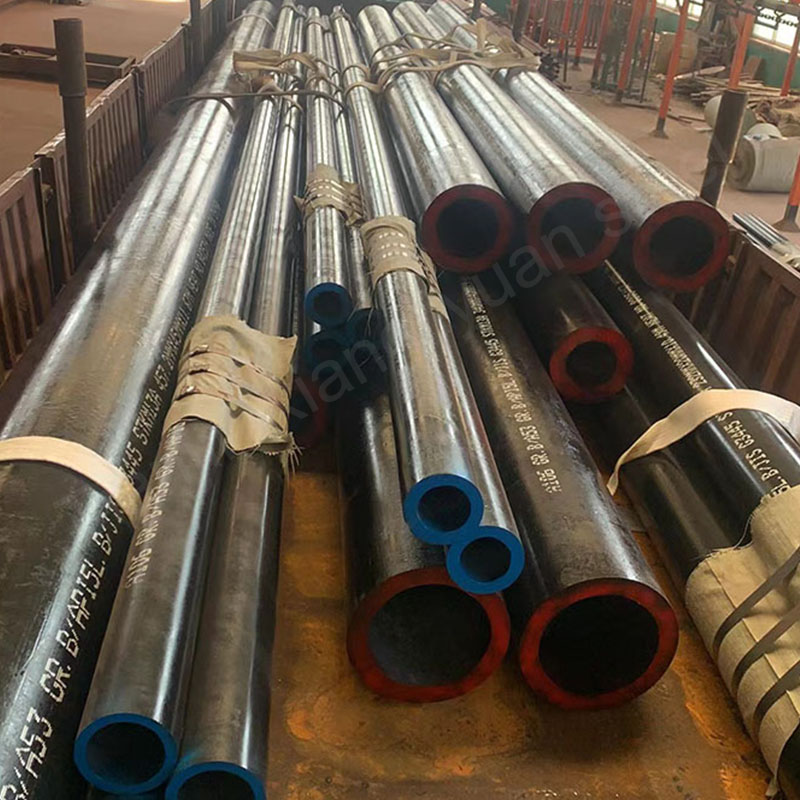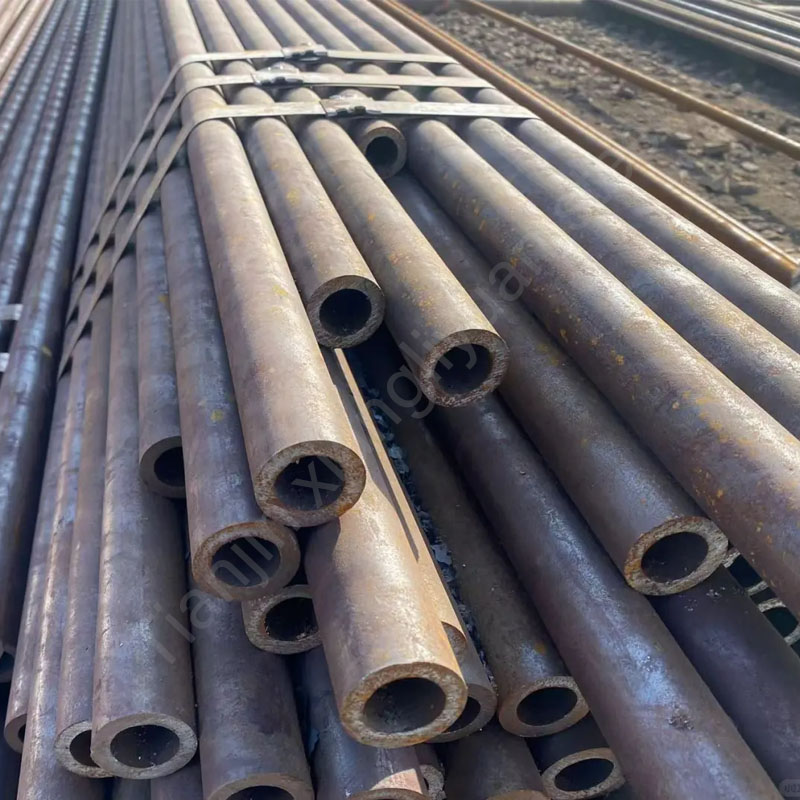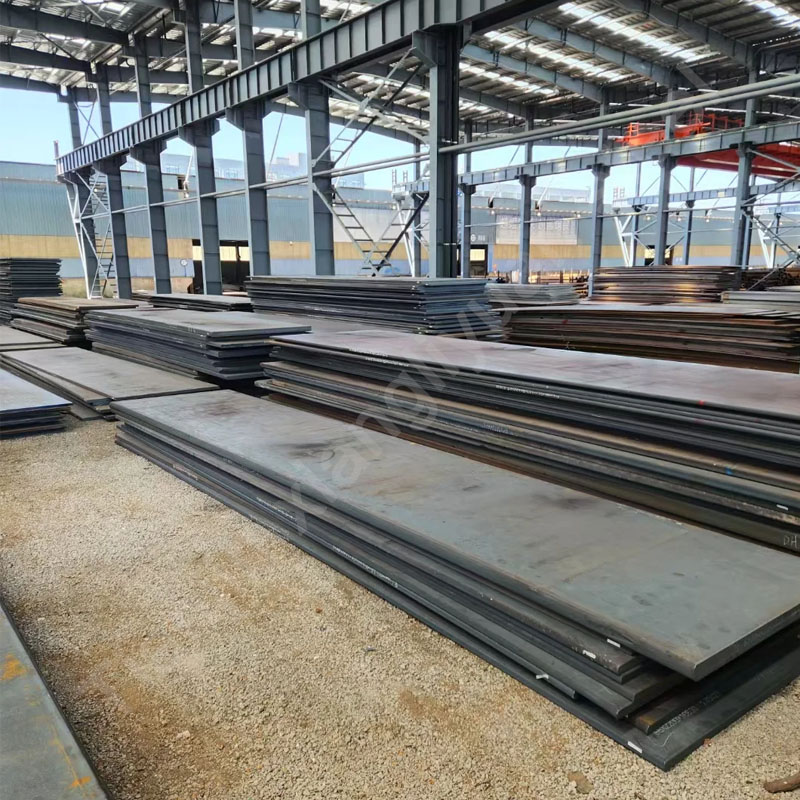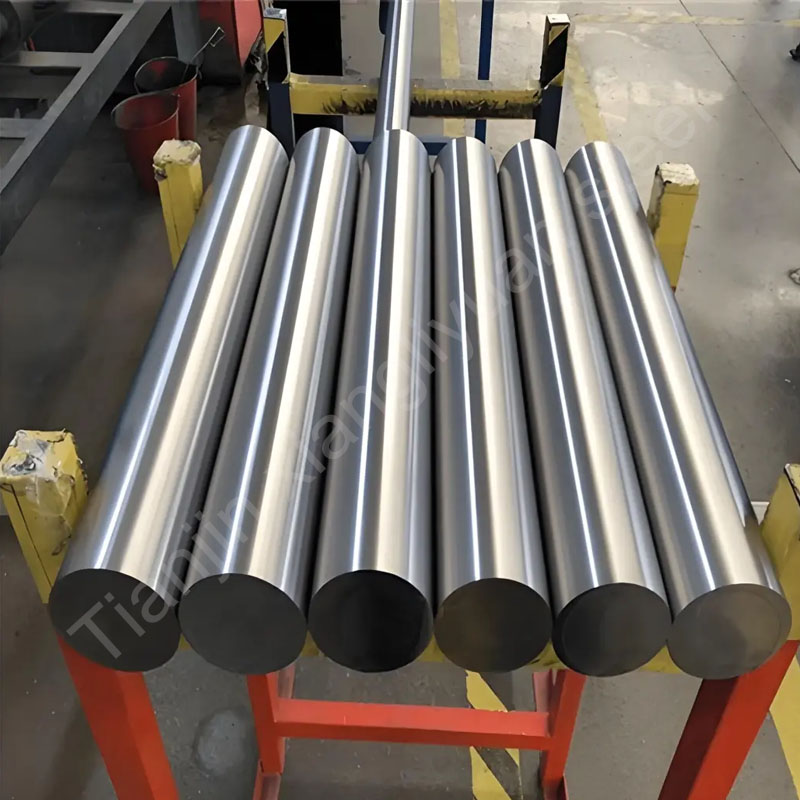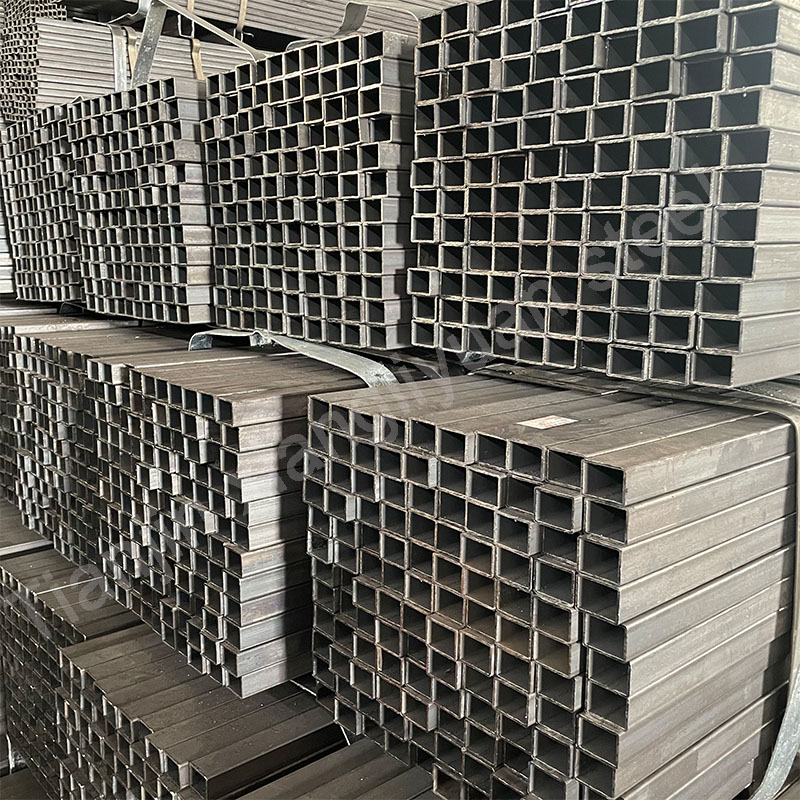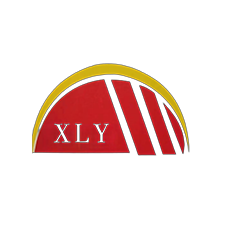The surface treatment methods for seamless steel pipes vary according to the purpose, use environment and performance requirements. Common surface treatment methods are mainly used to improve the corrosion resistance, wear resistance, aesthetics of steel pipes or meet special process requirements. The following are common surface treatment methods for seamless steel pipes:
1. Pickling
Features
Remove surface oxide scale, rust and other impurities.
Improve the surface cleanliness of the steel pipe and provide good adhesion for subsequent coating or plating processes.
Common process
Immerse the steel pipe in sulfuric acid or hydrochloric acid solution for cleaning, then rinse with water and dry.
Applicable scenarios
Used for fluid transportation pipelines and steel pipes that require further processing, such as galvanizing, coating, etc.
2. Phosphating
Features
Form a phosphate film on the surface of the steel pipe to improve corrosion resistance and wear resistance.
Provide a good coating foundation and improve coating adhesion.
Common process
Use phosphate solution to treat the surface of the steel pipe.
Applicable scenarios
Widely used in oil and gas pipelines and the automotive industry.
3. Sand Blasting/Shot Blasting
Features
Clean the surface scale, rust and welding spatter to achieve the effect of surface roughening.
Improve the adhesion of subsequent coating or plating.
Common Process
Use compressed air to spray sand or metal particles onto the surface of the steel pipe.
Applicable Scenarios
Commonly used for steel pipes that require anti-corrosion coatings such as oil field pipelines and boiler pipes.
4. Painting or Coating
Features
The surface is coated with anti-rust paint, anti-corrosion coating or color coating to improve aesthetics and corrosion resistance.
Common Process
Electrostatic spraying or manual painting.
Common coating materials: epoxy resin, polyurethane, acrylic.
Applicable Scenarios
Used for building structure pipelines, fluid delivery pipelines and chemical industry equipment.
5. Hot-Dip Galvanizing
Features
Form a zinc layer on the surface of the steel pipe to provide long-term anti-corrosion protection.
Corrosion resistance is higher than ordinary coatings and is suitable for harsh environments.
Commonly used processes
Immerse the steel pipe in molten zinc liquid to form a uniform zinc layer on the surface.
Applicable scenarios
Outdoor buildings, transportation facilities, water pipelines and other fields.
6. Cold galvanizing (Electro-Galvanizing)
Features
A zinc layer is formed on the surface of the steel pipe through an electrochemical reaction. The zinc layer is thin but has a bright appearance.
The anti-corrosion performance is not as good as hot-dip galvanizing, but the processing cost is low.
Common processes
Electro-galvanizing process.
Applicable scenarios
Indoor pipelines or occasions with high requirements for appearance.
7. Passivation treatment (Passivation)
Features
Form an oxide passivation film on the surface of the steel pipe to enhance corrosion resistance.
Common processes
Chemical passivation treatment, often used in combination with pickling.
Applicable scenarios
Stainless steel seamless steel pipes, pipes for chemical equipment, etc.
8. Electrophoretic coating (Electrophoretic Coating)
Features
Provide a uniform protective coating with excellent corrosion resistance and decorative properties.
Common processes
Electrify in the electrophoretic solution to make the coating evenly adhere to the surface of the steel pipe.
Applicable scenarios
Steel pipes for automobile industry and architectural decoration.
9. Polishing
Features
Improve surface finish, reduce surface roughness, and increase aesthetics.
Common processes
Mechanical polishing or electrolytic polishing.
Applicable scenarios
Stainless steel decorative pipes, pipes for food and pharmaceutical industries.
10. Special surface treatment
Ceramic coating: Enhances wear resistance and high temperature resistance, used for high temperature equipment.
Internal and external anti-corrosion layer: Anti-corrosion materials are applied internally and externally, used for pipelines buried underground or conveying corrosive fluids.
Plastic coating: Coating plastic layer to improve insulation and corrosion resistance.

